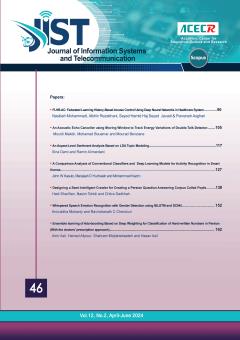One of the most important issues in wireless telecommunication systems is to study coverage efficiency in urban environments. Coverage efficiency means improving the signal-to-interference ratio (SIR) by providing a maximum telecommunication coverage and establishing high-quality communication for users. In this paper, we use unmanned aerial vehicle (UAVs) as air base stations (BS) to investigate and improve the issue of maximizing coverage with minimal interference. First, we calculate the optimal height of the UAVs for the coverage radius of 400, 450, 500, 550, and 600 meters. Then, using simulation, we calculate and examine the value and status of SIR in UAVs with omnidirectional and directional antenna modes in symmetric and asymmetric altitude conditions, with and without considering the height of the UAVs. The best SIR is the UAV system with a directional antenna in asymmetric altitude conditions where the SIR range varies from 4.44db (the minimum coverage) to 52.11dB (maximum coverage). The worst SIR is the UAV system with an omnidirectional antenna in symmetrical height conditions without considering the height of the UAV. We estimate the range of SIR changes for different coverage ranges between 1.39 and 28dB. Factors affecting the SIR values from the most effective to the least, respectively, are coverage range and the antenna type, symmetrical and asymmetric height, and finally, considering or not considering the height of the UAV.
Manuscript profile


